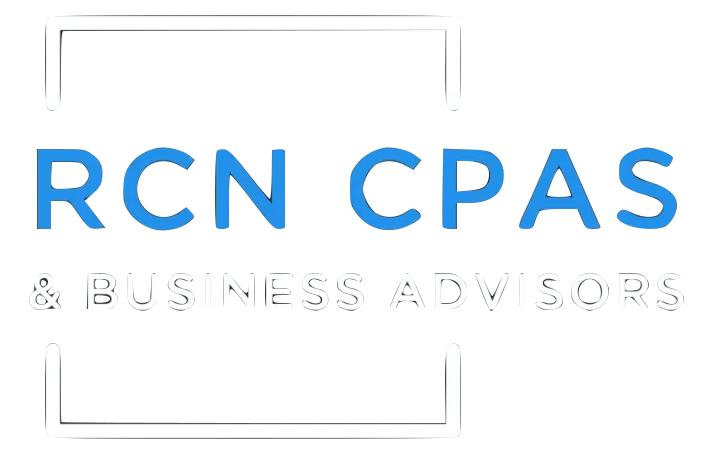Strategies for Scaling Your Business Without Sacrificing Profitability
If you’re a business owner, you know that growth is essential for success. But have you heard of scaling? While the terms “growth” and “scaling” may seem interchangeable, there is a nuanced difference between them. Growth is about increasing revenue, resources, or market share, while scaling is about increasing revenue without a significant increase in costs. In other words, scaling allows your business to expand efficiently while maintaining or even increasing profit margins.
Understanding Business Scaling
Scaling a business involves implementing systems, processes, and strategies that enable growth without requiring a proportional increase in resources. It’s about optimizing operations, leveraging technology, and finding ways to do more with less. Unlike growth, which might involve hiring more employees or expanding physical locations, scaling focuses on creating a sustainable model that can handle increased demand without overwhelming the company’s infrastructure.
Growth vs. Scaling
The difference between growth and scaling can be subtle but significant. Growth can often lead to increased expenses, which may eat into profit margins. For instance, hiring more employees, renting larger office spaces, or increasing marketing spend can all contribute to higher costs. Scaling, however, aims to achieve growth with minimal additional costs. This could involve automating processes, outsourcing non-core activities, or leveraging digital platforms to reach a larger audience without the need for a physical presence.
Benefits of Scaling your business
Scaling offers numerous benefits, including maximizing profitability, greater market penetration, brand recognition, and customer loyalty. It also enables businesses to remain agile and adaptable, better equipped to respond to market changes and customer demands.
Forms of Scaling
Scaling can take various forms depending on the business model and industry. It could involve expanding product lines, entering new markets, or increasing digital presence. For a service-based business, it might mean automating workflows, offering online services, or expanding the team with freelancers. Product-based businesses might consider increasing production capacity, optimizing supply chains, or enhancing e-commerce capabilities.
Challenges and Solutions
While the benefits are enticing, scaling is not without its challenges. One common hurdle is maintaining quality and consistency as the business grows. To overcome this, businesses should invest in training, quality control processes, and reliable supply chains. Managing cash flow can also be a challenge, but can be achieved through prudent financial planning, securing lines of credit, or exploring alternative financing options.
Identifying the Right Time to Scale
It is important to know when to scale. Signs that it’s time to scale include consistent revenue growth, a solid customer base, and a proven business model. If a business can meet increasing demand without compromising quality, it may be ready to scale. However, premature scaling can be risky, potentially leading to operational inefficiencies, cash flow issues, or market misalignment.
Scaling Without Investors
For businesses that prefer not to seek outside investment, there are still numerous ways to scale. Bootstrapping, or reinvesting profits back into the business, is a common strategy. Additionally, businesses can explore partnerships, collaborations, or affiliate marketing to reach new audiences without a significant upfront investment.
Scaling a business is a strategic move that requires careful planning, execution, and monitoring. With the right approach, scaling can open up new opportunities for success and help businesses achieve their long-term vision. As a business owner, it’s important to consider scaling as a means to build a sustainable and competitive business.





